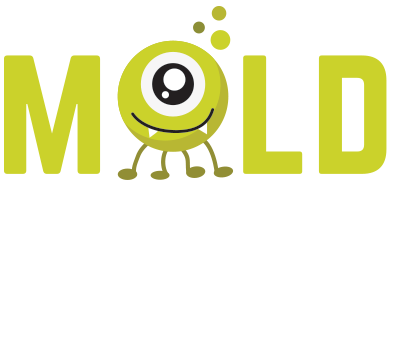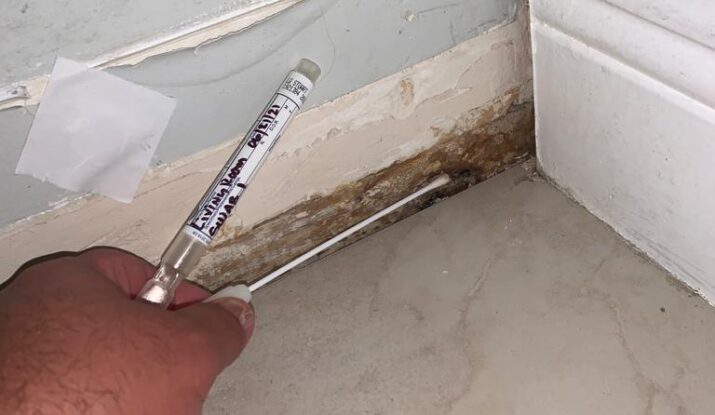What Is Black Mold?
Stachybotrys chartarum is a common black mold. It can also be a greenish color. It grows on cotton, wood, and paper products. It sometimes produces toxic chemicals that are found in its airborne spores and fungus fragments.
These are called mycotoxins and are dangerous if they’re eaten. There’s no link to inhaled Stachybotrys chartarum mycotoxins and deadly diseases. But there are risks for people with allergies, asthma, and other hypersensitivities.
There is no evidence that black mold causes symptoms such as fatigue, memory loss, an inability to focus, or a headache. These symptoms have been referred to as “toxic mold syndrome” but are largely due to media hype. Yet some people are allergic to mold. It should always be removed from your home.
What Causes Black Mold?
Molds are an important part of our environment. They decompose dead plants and animals. All types of mold will grow if the conditions are right. Mold grows and spreads quickly in the right conditions, which include:
- Coughing
- Postnasal drip
- Sneezing
- Dry, scaly skin
- Itchy eyes, nose, or throat
- Nasal congestion
Be careful if you have asthma. Mold exposure may trigger an attack. Symptoms of a mold-induced asthma attack can be any of the following:

